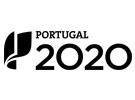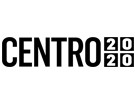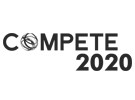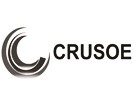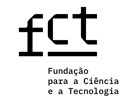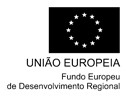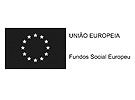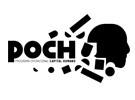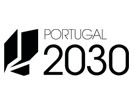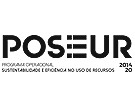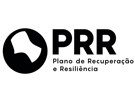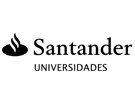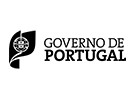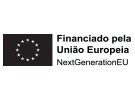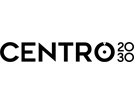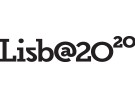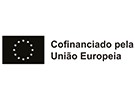



Publication in the Diário da República: Despacho n.º 7822/2020 - 07/08/2020
6 ECTS; 3º Ano, 1º Semestre, 28,0 T + 28,0 TP + 14,0 OT , Cód. 820732.
Lecturer
- Sónia Carla Fidalgo Pais (1)(2)
(1) Docente Responsável
(2) Docente que lecciona
Prerequisites
NA
Objectives
1. Understand the main contemporary artistic movements, trends, and expressions
1.1 Identify the main trends in contemporary art and culture.
1.2 Relate works, artists, and movements to the social, political, and technological contexts of their time.
1.3 Recognize the diversity of languages, media, and supports used in contemporary artistic production.
2. Develop critical and interpretative skills
2.1 Analyze works of art and cultural expressions from different theoretical and aesthetic perspectives.
2.2 Reflect on the role of contemporary art in the construction of identities and social critique.
2.3 Make informed arguments about the relevance and impact of contemporary artistic productions.
3. Stimulate creativity and interdisciplinary reflection
3.1 Promote the exploration of creative practices inspired by contemporary trends.
3.2 Establish connections between art and other fields, such as turism and heritage.
3.3 Encourage the appreciation of contemporary art as a transformative element of society.
Program
1. Concept of Contemporary Art
1.1 Definitions and boundaries of the concept of "contemporary."
1.2 Difference between modernism and contemporaneity.
2. Art in the 20th century historical-cultural context
2.1 The artistic avant-garde movements of the early 20th century.
2.2 Relationship between art, politics, and social transformations.
2.3 The impact of industrialization, urbanization, and new technologies on artistic production.
3. Art since World War II
3.1 Main artistic movements: abstract expressionism, pop art, minimalism, conceptual art, performance art.
3.2 Expansion of urban art and collective artistic practices.
4. The 21st century
4.1 Digital art, multimedia installation, and new technologies
4.2 The role of globalization and social media in the dissemination of art.
4.3 New markets: creative economy, digital collecting, and NFTs. 4.4 Art as an Instrument of Social and Environmental Criticism.
5. Contemporary Art in Portugal
5.1 Main Portuguese Artists and Movements in Contemporary Times.
5.2 The Role of Cultural and Museum Institutions in Portugal.
Evaluation Methodology
Continuous assessment will be developed according to the following weightings:
Written test weighted 50%
Classwork completion weighted 35%
Attendance and active participation weighted 15%
Exam: 100%
Bibliography
- Archer, M. (2013). Arte Contemporânea: uma história concisa. São Paulo: Martins Fontes
- Figueiredo, J. (2013). Histórias da Arte Contemporânea em Portugal. Lisboa: Documenta
- Osborne, P. (2013). Anywhere or Not at All: Philosophy of Contemporary Art. Londres: Verso
- Pereira, P. (1997). História da Arte Portugesa. (Vol. 3). Lisboa: Circulo de Leitores
Teaching Method
Classes will be conducted in an expository format, based on bibliography and multimedia references.
Students' critical thinking skills will be encouraged regarding the works presented.
Software used in class
